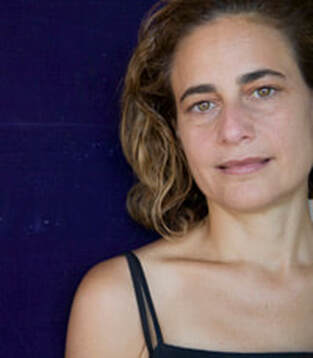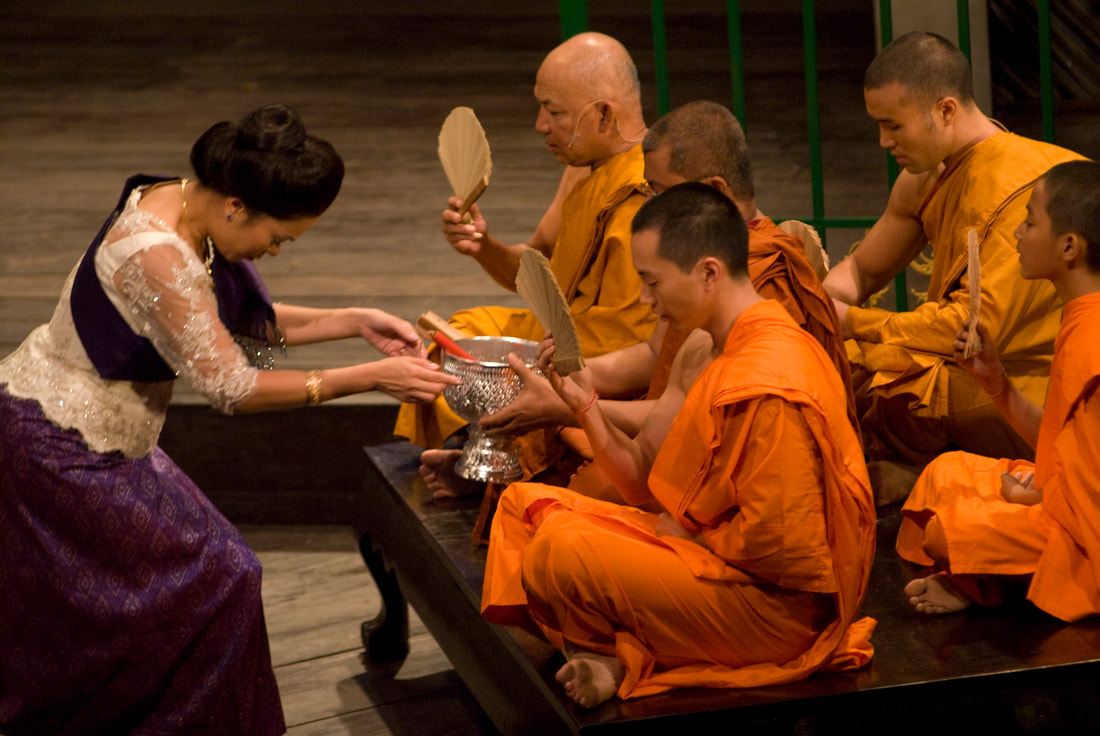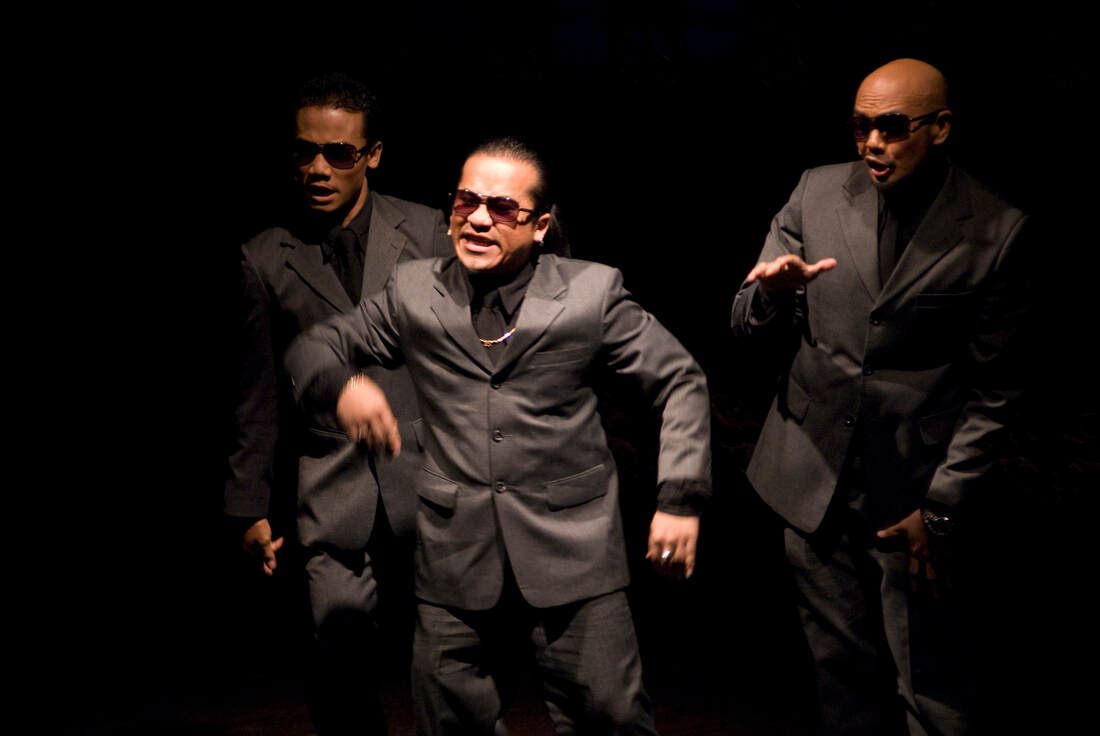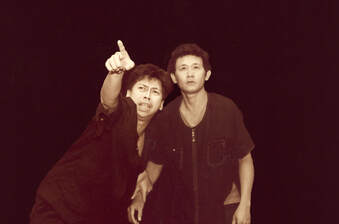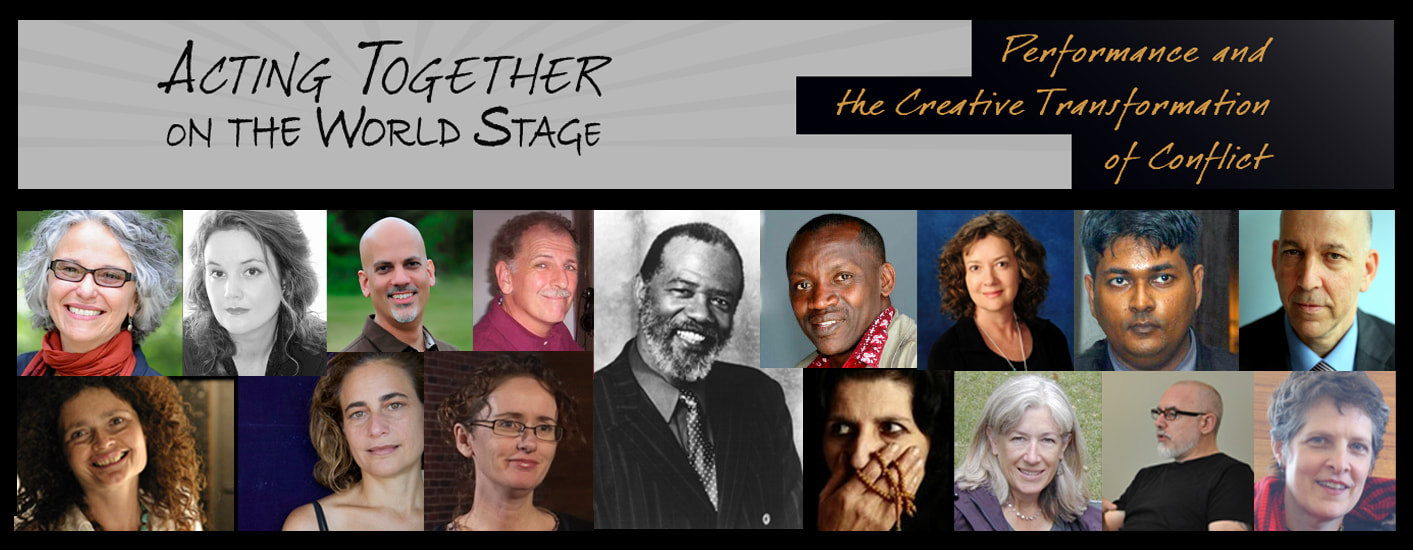CATHERINE FILLOUX
|
ALIVE ON STAGE
Storms, Histories, and Bodies Catherine Filloux shows that exciting new forms of theatre can result when artists seize the opportunity of the rehearsal space to connect across experience and history. The world community was shocked by the genocide in Cambodia from 1975 to 1979, when an estimated 1.7 million people were tortured and executed or died from exhaustion and starvation. Filloux describes her collaboration with Cambodian artists to create theatre that memorializes this tragic period. |

